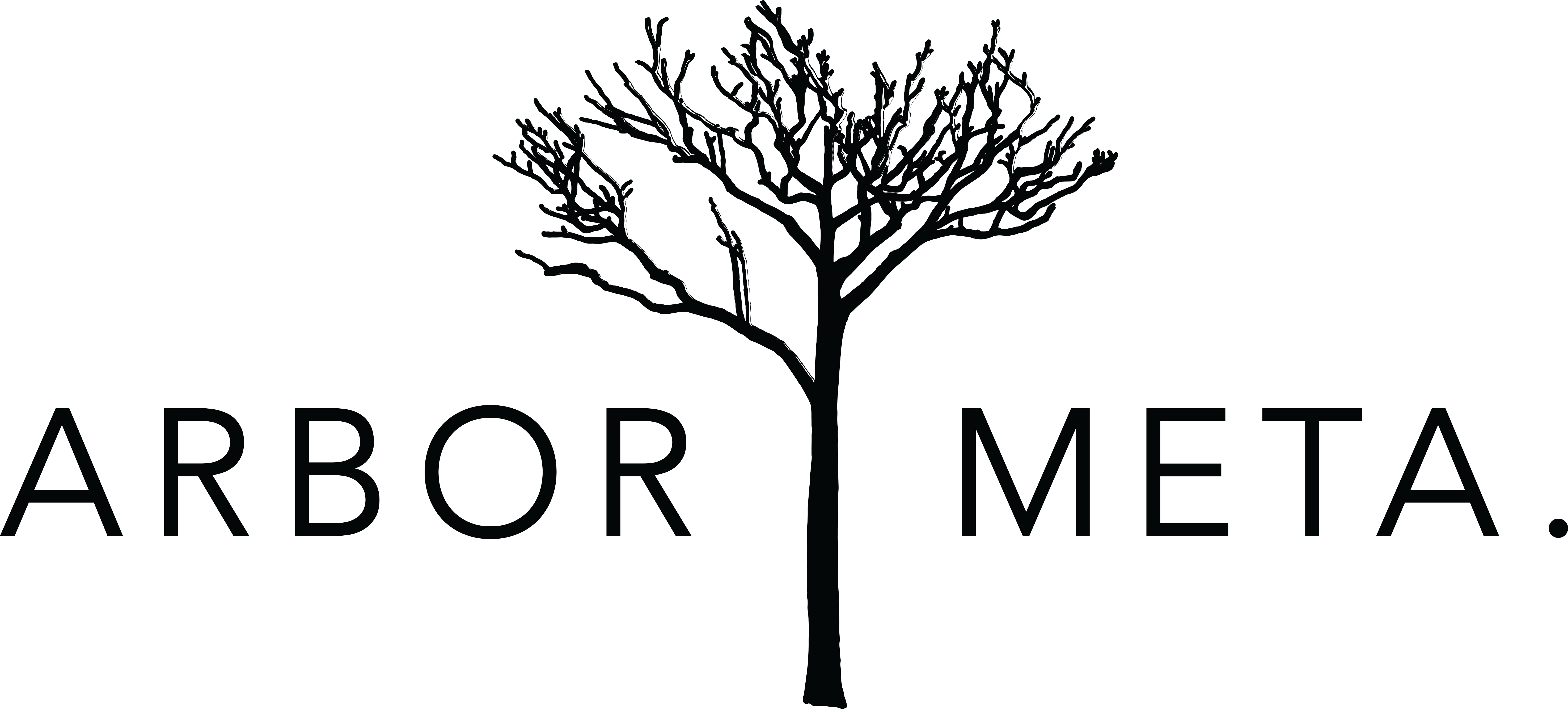
Site Rehabilitation Monitoring

Our Monitoring Process
We offer advanced site rehabilitation monitoring for a wide range of outcomes. Utilising our proprietary software and advanced Terrestrial LiDAR technology, we model and monitor vegetation, land form geometry, erosion areas and many other metrics.
By combining the high-accuracy Terrestrial LiDAR with expansive aerial LiDAR surveys or high-resolution RGB imagery, these metrics can be monitored across large project areas, ensuring your project achieves the desired outcome.
Our process is tailored to the specific requirements of each rehabilitation project, with a range of additional metrics and services available depending on the scope of the project.


Ensure successful site rehabilitation with data you can rely on.


Give stakeholders confidence in your rehabilitation project
By scanning rehabilitation sites with Terrestrial LiDAR, we produce highly detailed point cloud models, highlighting vegetation changes, erosion rates and run-off areas.
This information can be presented and shared in an easily communicable visual format, providing stakeholders with confidence in the outcomes of their rehabilitation project.

Tree-by-tree metrics on a landscape scale
From the digital point cloud created by the Terrestrial LiDAR Scanner, we extract and model each tree in the rehabilitation area. This modelling automatically provides traditional metrics — such as stem counts, DBH, height and canopy area — as well as additional information like wood volume, growth detection, biomass more.
This information is assigned to each tree via a unique identifier number, geo-located with millimeter precision to allow ongoing monitoring and comparisons between annual audits or surveys.

Detailed Terrain and Erosion Modelling
Digital Terrain Models (DTM's) can be extracted from the TLS point cloud for landform geometry and erosion modelling purposes.
The millimeter precision of Terrestrial LiDAR data allows for fine-scale sediment and topography change detection. The vertical accuracy attainable with this technology is far greater than any other available monitoring platforms.
Similar to tree modelling, this information can be presented in both two and three-dimensional visual formats, allowing it be readily communicated to relevant stakeholders and interest groups.

Maximise Cost Efficacy with Cutting Edge Technology
Site rehabilitation and ongoing monitoring is often a costly undertaking.
Terrestrial LiDAR allows for cost-effective management, ensuring environmental outcomes are met - for the best possible price.

